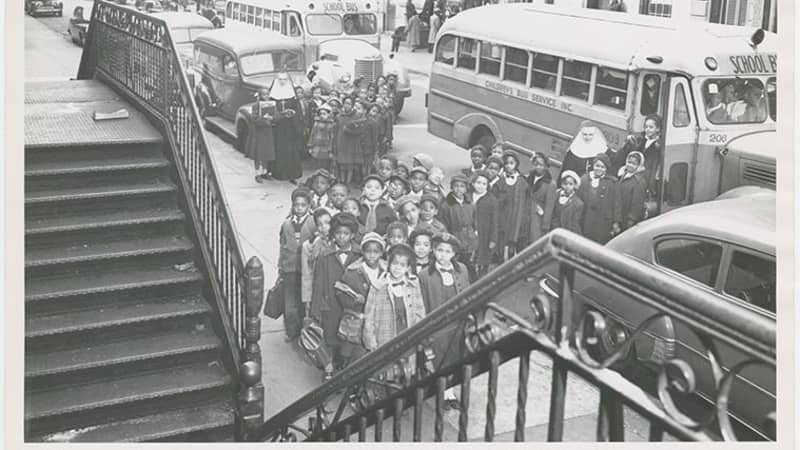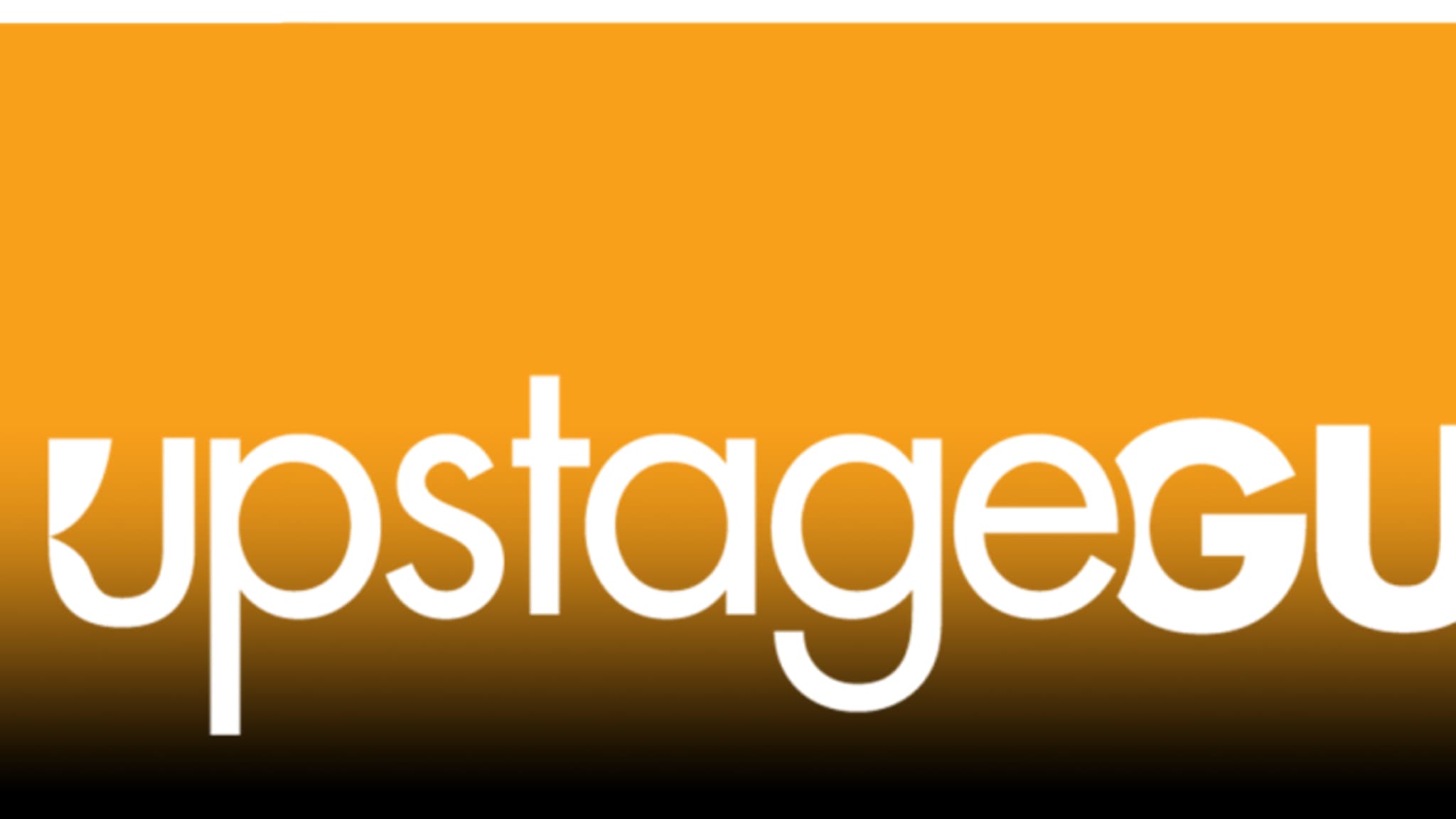JUMP TO:
The Church in 1964
Catholic Schools in NYC
References
The action of John Patrick Shanley’s Doubt: A Parable occurs within the confines of St. Nicholas school and church. In his forward to the play, Shanley writes, “I’ve set my story in 1964, when not just me but the whole world seemed to be going through some kind of vast puberty.” A big reason for this upheaval was a huge change in the Catholic Church commonly referred to as Vatican II.
The Church in 1964
Vatican II (also known as the Second Vatican Council or the Second Ecumenical Council of the Vatican) was a huge undertaking initiated by Pope John XXIII, who called the council in 1959. 2,500 bishops from around the world met yearly from 1962 until 1965 to rewrite the constitution of the Catholic Church to make it more inclusive and relevant to the modern world. This process of review and revision is commonly referred to as discernment (“bringing up to date” in Italian). To be clear, it is not a frequent undertaking; the previous Vatican Council took place a century before, in 1869, in response to political upheavals in Europe; the one before that met in 1545, when the church was split by the Reformation.
The changes drafted at Vatican II covered both abstract, theological concepts as well as day-to-day aspects of the church. The day-to-day changes had the greatest impact on lay people. Parishioners were now urged to participate in the Mass as acolytes (altar servers), lectors, ministers of Holy Communion, choir members, instrumentalists, leaders of song, ushers, and those who kept the church and articles of the mass clean and orderly. Significantly, Mass would now be delivered in English instead of Latin.

Two busloads of Catholic school children arrive for class at St. Charles Borromeo Church on West 142nd Street, in Harlem, New York City, circa late 1940s.
Photo by Austin Hansen, Schomburg Center for Research in Black Culture, Photographs and Prints Division, The New York Public Library.Catholic schools have a long history in New York City. The first NYC Catholic school was founded in 1800 on Barclay Street in Lower Manhattan (public schools would not be established until six years later). Immigration to the United States, which began as a trickle in 1800, became a tidal wave in the 19th century: during the 1840s, 1.5 million immigrants arrived, 800,000 of them Irish (predominantly Catholic) fleeing the potato famine. By 1850, 45% of New Yorkers were foreign-born. Then, as now, more established citizens often resented the wave of poor outsiders, and immigrant children faced discrimination and/or hostility in the public schools. Beginning in 1842, in response to anti-Catholic sentiment and the needs of immigrant families, Archbishop John Hughes created two dozen new Catholic schools. By 1870, 19% of the city’s school-age children attended Catholic schools.
This feat was made possible by small donations from the mostly poor members of parishes, and the dedication of men and women from various religious orders who taught in these schools for very little money. In 1884, American Catholic leaders mandated that every American parish would have its own school, and that this school should be the first building constructed. This policy created a strong system of Catholic schools across the nation. By the beginning of the 20th century, it was not uncommon to have several Catholic Churches within blocks of each other in any American city, each serving the needs of a particular nationality. These churches and their schools provided community, stability, and opportunity to many new Americans.
The year 1965 – considered the end of the “baby boom” – was the peak of Catholic school enrollment, with 5.6 million students enrolled nationwide.
Enrollment slowly declined after 1965 across the country and in NYC. As Catholic families became more economically prosperous (attributable in part to their quality education through the Catholic school system), many moved away from the city. New immigrants took their place. In recent decades, New Yorkers also have had more options in education with the growing number of free charter schools.
There are currently 172 schools in the Archdiocese of New York (which includes Long Island, Westchester, and parts of the upstate region) with an enrollment of approximately 62,000. One need not be Catholic to attend a Catholic school.
References:
|
Note: Members of the New York Public Library can access JSTOR and many other research databases through the library’s Articles & Databases page. “CARA: Center for Applied Research in the Apostolate.” CARA, cara.georgetown.edu. Gill, Zeno. “Catholic Schools NY - Catholic Schools in the Archdiocese of New York.” Catholic Schools in the Archdiocese of New York, 26 Feb. 2024. Marlett, Jeffrey. “James M O’Toole. The Faithful: A History of Catholics in America. Cambridge, MA: Harvard University Press, 2008.” The Journal of Religion, vol. 90, no. 4, Oct. 2010, pp. 577–78. https://doi.org/10.1086/656650. “Ministries and Roles Within the Liturgical Assembly at Mass.” USCCB, n.d. Vatican. “The Holy See.” Vatican.va. Witchel, Alex. “The Confessions of John Patrick Shanley.” The New York Times, 7 Nov. 2004. |



